American zip code format: Domestic Mail Manual A010 Standard Addressing Formats
Domestic Mail Manual A010 Standard Addressing Formats
ARCHIVED DMM
A000 Basic Addressing
Summary
A010 describes the required elements of a complete address
and proper placement of delivery and return addresses. It also provides
standards for addressing military mail, Periodicals, and using a return
address.
1.0 Address Content and Placement
1.1
Delivery Address
The delivery address specifies the location to which the
USPS is to deliver a mailpiece. Except for mail prepared with detached
address labels under A060, the piece must have the address
of the intended recipient, visible and legible, only on the side of
the piece bearing postage.
1.2
Address Elements
[6-12-03] All mail not bearing a simplified address under
A020 must bear a delivery address that
contains at least the following elements in this order from the top
line:
a. Intended recipients name or other identification.
Intended recipients name or other identification.
b. Private mailbox designator (PMB or optional
#) and number.
c. Street and number. (Include the apartment
number, or use the post office box number, or general delivery, or rural
route or highway contract route designation and box number, as applicable.)
d. City and state. (The city is any acceptable mailing
name shown for the 5-digit ZIP Code listed in the USPS City State Product
serving the intended recipient.)
e. ZIP Code (5-digit or ZIP+4) where required. ZIP Codes
may be omitted from pieces mailed by the general public at the single-piece
rates for First-Class Mail and from pieces bearing a simplified address.
ZIP Codes (5-digit or ZIP+4) are required on Presorted First-Class Mail,
all mail claimed at automation rates, postcards mailed under specific
First-Class standards, Periodicals, Standard Mail, Package Services,
business reply mail, merchandise return service, mail sent to military
addresses within the United States, and penalty mail. ZIP Codes are
ZIP Codes are
also required in the return address of mail on which postage is paid
with precanceled stamps and company permit imprint and in the senders
return address on Periodicals when return service is requested.
1.3
OCR Read Area
On a letter-size piece, the recommended address placement
is within the optical character reader (OCR) read area, which is a space
on the address side of the mailpiece defined by these boundaries (see
Exhibit 1.3):
a. Left: 1/2 inch from the left edge of the piece.
b. Right: 1/2 inch from the right edge of the piece.
c. Top: 2-3/4 inches from the bottom edge of the piece.
d. Bottom: 5/8 inch from the bottom edge of the piece.
1.4
Nonmailable, Nonmachinable Placement
The location of the delivery address on a letter-size mailpiece
determines which dimensions are the length and height of the piece.
Consequently, the placement of the address may render a piece nonmailable
or nonmachinable.
Exhibit 1.3OCR Read Area
1.5
Clear Space
A clear space must be available on all mail for the address,
postage (permit imprint, postage stamp, or meter stamp), postmarks,
and postal endorsements.
1.6
Attachment of Different Class
If the names and addresses of the sender and intended recipient
do not appear on both the host and attachment, the senders name
and address must be placed on one piece and the recipients name
and address on the other. Combination containers that have inseparable
parts or compartments are mailable with the names and addresses on only
one.
1.7
Basic Addressing
Basic addressing standards for First-Class Mail, Express
Mail, Standard Mail, and Package Services are in E100, E500, E600, and E700, respectively. Additional standards
for Periodicals are in 7.0. Additional standards apply to overseas military
mail, Department of State mail, mail in window envelopes, international
mail, and mail claimed at any automation rate.
2.0 ZIP Code
2.1
Purpose
The ZIP (Zone Improvement Plan) Code system is a numbered
coding system that facilitates efficient mail processing. The USPS assigns
ZIP Codes. All post offices are assigned at least one unique 5-digit
ZIP Code. Larger post offices may be assigned two or more 5-digit ZIP
Codes (multi-5-digit ZIP Code offices). Separate 5-digit ZIP Codes are
assigned to each delivery unit at these offices. Unique 3-digit and
multi-5-digit ZIP Code post offices have street listings in Publication
65, National Five-Digit ZIP Code and Post Office Directory.
2.2
ZIP+4
The most complete ZIP Code is a nine-digit number consisting
of five digits, a hyphen, and four digits, which the USPS describes
by its trademark ZIP+4. The correct format for a numeric ZIP+4 code
is five digits, a hyphen, and four digits. The first five digits represent
the 5-digit ZIP Code; the sixth and seventh digits (the first two after
the hyphen) identify an area known as a sector; the eighth and ninth
digits identify a smaller area known as a segment. Together, the final
Together, the final
four digits identify geographic units such as a side of a street between
intersections, both sides of a street between intersections, a building,
a floor or group of floors in a building, a firm within a building,
a span of boxes on a rural route, or a group of post office boxes to
which a single USPS employee makes delivery.
2.3
Numeric DPBC
A numeric equivalent of a delivery point barcode (DPBC)
consists of five digits followed by a hyphen and seven digits as specified
in C840. The numeric equivalent is formed
by adding three digits directly after the ZIP+4 code.
3.0 Complete Address
3.1
Definition
[6-12-03] A complete address has all the address elements
necessary to allow an exact match with the current USPS ZIP+4 Product
to obtain the finest level of ZIP+4 code for the delivery address. A
complete address may be required on mail at some automation rates.
3.2
Elements
[6-12-03] A complete delivery address includes:
a. Addressee name or other identifier and/or firm name
where applicable.
b. Private mail box designator and number (PMB 300 or
#300).
c. Urbanization name (Puerto Rico only, ZIP Code prefixes
006 to 009, if area is so designated).
d. Street number and name (including predirectional,
suffix, and postdirectional as shown in USPS ZIP+4 Product for the delivery
address or rural route and box number (RR 5 BOX 10), highway contract
route and box number (HC 4 BOX 45), or post office box number (PO BOX
458), as shown in USPS ZIP+4 Product for the delivery address). (PO
Box is used incorrectly if preceding a private box number, e.g.,
a college mailroom.)
e. Secondary address unit designator and number (such
as an apartment or suite number (APT 202, STE 100)).
f. City and state (or authorized two-letter state abbreviation).
Use only city names and city and state name abbreviations as shown in
USPS City State Product. Contact the National Customer Support Center
(see A930) for more information about the City
State Product.
g. Correct 5-digit ZIP Code or ZIP+4 code. If a firm
name is assigned a unique ZIP+4 code in the USPS ZIP+4 Product, the
unique ZIP+4 code must be used in the delivery address.
4.0 Return Address
4.1
Purpose
The return address tells the USPS where the sender of a
mailpiece wants it returned if the piece cannot be delivered. The return
address contains elements corresponding to those for the delivery address.
Although the senders name is required in the return address in
only specific circumstances (under 4.3), if the senders name is not included
in the return address, another clear designation (apartment, suite,
or room number) is required to ensure proper handling of ancillary services
and/or return of the piece.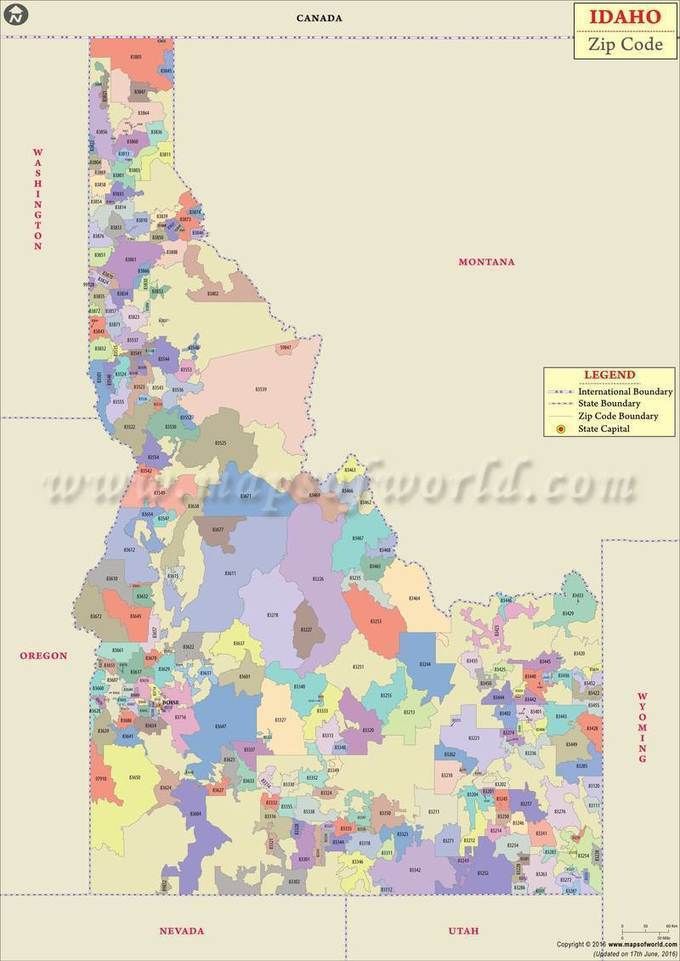
4.2
Ancillary Services
The USPS uses the return address to provide ancillary services
requested by the mailer (e.g., Return Service Requested).
The return address on any mailpiece endorsed for an ancillary service
must identify where the piece is to be returned and where the mailer
is prepared to pay applicable postage and fees for pieces returned or
for ancillary service provided at the mailers request. A domestic
return address must be placed in the upper left corner of the address
side of the piece or the upper left corner of the addressing area.
4.3
Required Use
Except as provided in 4.1, the senders domestic return address
must appear legibly on:
a. Mail of any class, when its return and/or an address
correction service is requested.
b. Official mail.
c. Mail paid with precanceled stamps.
d. Matter bearing a company permit imprint.
e.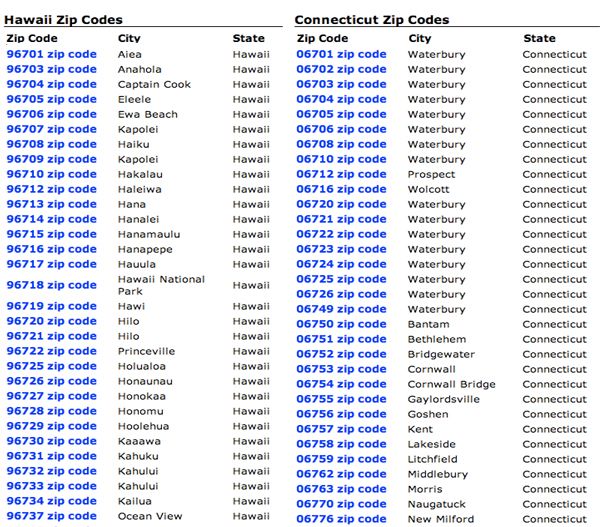 Priority Mail.
Priority Mail.
f. Periodicals in envelopes or wrappers.
g. Package Services (except unendorsed Bound Printed
Matter).
h. Registered mail.
i. Insured mail.
j. Collect on delivery (COD) mail.
k. Certified mail if a return receipt is requested.
l. Express Mail if a return receipt is requested. The
return address on the Express Mail label meets this standard.
4.4
Postmark
An endorsement directing return to point of mailing (postmark)
is not honored.
5.0 Restrictions
5.1
Dual Address
Mail with a dual address, i.e., both a street address and
a post office box number, is delivered to the address immediately above
the city and state (or to the post office box if both the street address
and post office box are on the same line). If a ZIP+4 code or 5-digit
ZIP Code is used, it must correspond to the address element immediately
above the city and state (or with the post office box number in the
address if both the street address and post office box are on the same
line).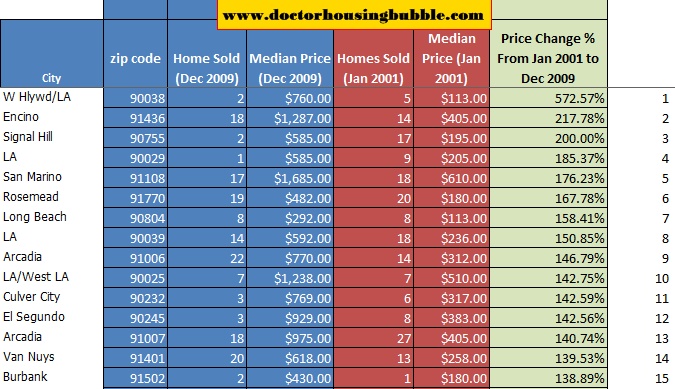 These restrictions also apply to return addresses on mail (for
These restrictions also apply to return addresses on mail (for
more information, see Publication 28, Postal Addressing Standards).
5.2
More Than One
Post Office
Mail with the name of more than one post office in the
delivery address or return address is not acceptable for mailing.
5.3
Mail Addressed
to CMRAs
Mail sent to an addressee at a commercial mail receiving
agency (CMRA) must be addressed to their private mailbox (PMB
or #) number at the CMRA mailing address.
6.0 Military Mail
6.1
Overseas Address
[4-17-03] Overseas military addresses must conform to domestic
addressing standards. The delivery line (i.e., the second line from
the bottom in the address) must show the ship name, unit number, CMR
or PSC number, and box number if assigned. The last line must contain
the APO and FPO designation and the appropriate two-letter state
abbreviation (AA, AE, or AP), followed by the ZIP+4 or 5-digit ZIP Code.
AA, AE, and AP are used for addresses with the 3-digit ZIP Code prefixes
340, 090-098, and 962-966, respectively. In addition:
a. Mail addressed to Army personnel must show full name,
including first name and middle name or initial, and unit number.
b. Mail addressed to Air Force personnel must show full
name, including first name and middle name or initial, and PSC or unit
number.
c. Mail addressed to Navy and Marine Corps personnel
must show full name, including first name and middle name or initial,
and PSC number for shore-based units, or ship name.
d. Mail sent to dependents residing in overseas areas
must be addressed in care of the sponsor.
6.2
Geographic Address
Mail showing a foreign city and country in addition to
the military address is subject to the postage rates and conditions
for international mail.
6.3
Address Within United States
[4-17-03] Mail addressed to military personnel within the
United States must show the name of the military installation, state,
and either the correct ZIP Code or ZIP+4 code. In addition:
In addition:
a. Mail addressed to Army personnel must show full name,
including first name and middle name or initial, and organization.
b. Mail addressed to Air Force personnel must show full
name, including first name and middle name or initial, organization,
and box number (if served by a PSC).
c. Mail addressed to Navy and Marine Corps personnel
must show full name, including first name and middle name or initial,
and organization.
d. Mail sent to dependents of military personnel for
delivery through the sponsors military unit must be addressed
in care of the sponsor.
e. Mail sent to dependents of military personnel for
delivery at the sponsors military quarters need not be addressed
in care of the sponsor.
7.0 Additional Standards for Periodicals
7.1
Preparation
Each addressed piece, including the top copy of a firm
package, must bear the addressees name and address. The address
The address
must include the correct ZIP+4 code or 5-digit ZIP Code.
7.2
Address Label
White or other light-colored paper must be used for the
address label. To identify the mailpiece as Periodicals, the mailer
may place, vertically along the left-hand side of the label, a 1/4-inch
or narrower strip of solid pink or of pink PER characters.
7.3
Address Placement
The delivery address must be clearly visible on or through
the outside of the mailpiece, whether placed on a label or directly
on the host publication, a component, or the mailing wrapper. If placed
on the mailing wrapper, the address must be on a flat side, not on a
fold (see Exhibit 7.3). If a polybag is used, the address
must not appear on a component that rotates within the bag, and the
address must remain visible throughout the addressed components
range of motion.
Exhibit 7.3Address Placement for Periodicals
7.
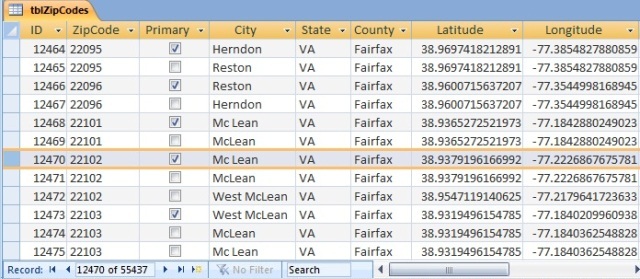 4Return Address
4Return Address
The return address must appear on any mailing wrapper that
is endorsed Address Service Requested.
DMM Issue 58 (8-10-03)
ARCHIVED DMM
What are ZIP+4 Codes and why should you care?
ZIP Codes: a very brief history
ZIP codes, the postal code system used by the US Postal Service (USPS), were introduced in 1963. Their basic, and most familiar, format consists of five digits that indicate a specific delivery area. In 1983, the USPS introduced the extended ZIP+4 code.
ZIP+4 Codes
Also called “plus-four codes”, “add-on codes”, or “add-ons”, the ZIP+4 code starts with the standard five-digit ZIP Code. The four extra numbers are added after a hyphen to complete the ZIP+4.
So what do the extra numbers mean?
These last 4 digits represent specific delivery routes within delivery areas. This extra detail means an even more precise matching to a more granular level. It could represent a handful of houses on one side of a street, or even a single building that receives a high volume of mail.
So ZIP+4 Codes help the USPS more effectively sort and distribute mail. How does this affect you?
Why should you care about ZIP+4?
Faster deliveries
As we already discussed, using the ZIP+4 Code narrows down your delivery address to a handful of addresses. There are plenty of resources that suggest ZIP+4 accelerates the overall delivery process by one or even two days since it reduces the processing time needed at a mail centre.
Reduced misdeliveries
Delivery addresses do not require ZIP+4 Codes. However, ZIP+4 codes require an address to be first standardized and verified to exist. This means that an address with a ZIP 4 code can be sure to exist and therefore deliverable.
ZIP+4 Codes can change
Delivery addresses do not require ZIP+4 Codes. However, ZIP+4 codes require an address to be first ZIP+4 Codes are based on actual delivery routes. This means that they can change fairly regularly. Some resources state that the USPS can update a ZIP+4 Code as frequently as once in two months. However frequently or infrequently the case may be, it’s important to note that they can change. Sounds like you want some *cough* automated software to find that for you…
However frequently or infrequently the case may be, it’s important to note that they can change. Sounds like you want some *cough* automated software to find that for you…
Save money
The USPS discounts on bulk mailings if you do tasks that the USPS would normally do, like bundling mail, adding barcodes and, most relevant here, if you add the ZIP+4 Code extension.
PO boxes
If you frequently work with PO boxes, ZIP+4 Codes are incredibly useful. The USPS usually assigns each PO Box its own +4 Code, which matches the box number. In other words, the ZIP+4 Code will likely include the actual PO Box number in the +4 part of the ZIP Code.
Retrieve ZIP+4 in Salesforce
Now you know why you should care about ZIP+4 codes. The next step is how to start using them. If you use Salesforce then there’s some good news for you.
Easily retrieve the ZIP+4 for your addresses in Salesforce with AddressTools. Our solution includes US-specific interactive functionality to help you easily look up and verify full ZIP codes.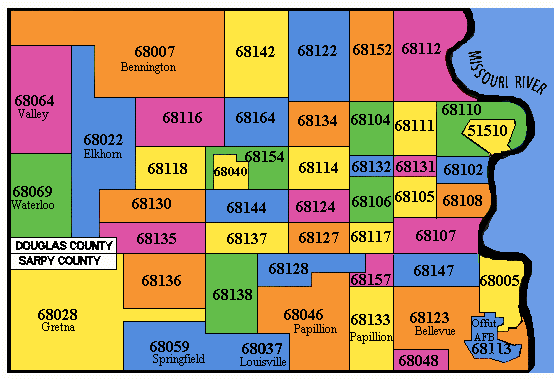
Book a free demo
We love talking about all things address related! See AddressTools, our address data solution that can retrieve ZIP+4 codes for Salesforce, on a free demo.
Like this:
Like Loading…
Posted in AddressTools, News
How to write an address in English
An address in English is written in the following order: name – house number – street – apartment – city – zip code – country. Want to see examples? Read the article!
English level test
Find out your level, get recommendations for learning and a promotional code for English lessons as a gift
Different countries have their own rules for writing addresses. English also has its own peculiarities. Let’s find out what exactly they are.
Address in English
When writing an address, certain formatting rules must be followed. This is necessary so that the address is understandable to postal workers, and the letter reaches the addressee safely. It is customary to place the sender’s address in the upper left corner of the envelope, and the recipient’s address is usually located in the lower right corner.
It is customary to place the sender’s address in the upper left corner of the envelope, and the recipient’s address is usually located in the lower right corner.
How to write an address in English
Write in legible block letters. At the same time, do not forget that for convenience, the postal address to which the letter is sent should be written larger than your own.
American and British addresses are usually formed according to the following rules:
- Name of the person to whom the letter is intended
- Organization (if the purpose of the letter is business communication)
- House number, street name, apartment number
- City name (and state for USA)
- Postcode
- Country name
When writing a business letter, the appropriate form of address is put before the name:
- – any man
- Mrs.
 – a married woman
– a married woman - Miss – unmarried woman
- Ms. – in the absence of information about the marital status of a woman
For example: Mr. Richard Johnson (possibly Mr. R. Johnson)
If you don’t know the recipient’s name, you can use the name of the organization.
How to write a business letter and how to write a personal letter in English, read on the pages of our website.
Demo lesson for free and without registration!
Take a lesson, find out about the school and get a promotional code for English classes
How to write an address in English for the UK
In British English, there is no dot after Mr, Mrs, Ms and initials.
According to the requirements of the Royal Mail Service of Great Britain (Royal Mail), the name of the city is written in capital letters.
So an example of a UK postal address would look like this:
Miss S Pollard
2 Chapel Hill
Heswall
BOURNEMOUTH
Bh2 1AA
UK
English address: house number before street name
English address for shipping to USA
– New York, CA – California). A complete list of abbreviations can be found on the official website of the US Postal Service – usps.com.
A complete list of abbreviations can be found on the official website of the US Postal Service – usps.com.
In addition, in the case of business letters, it is recommended to write the address in full capital letters:
JAMES KERRY
438 DARK SPURT
SAN FRANCISCO
CA 94528
USA
If you include an address in the body of the email, use punctuation. For example:
Please send mail to Mr. James Kerry, 438 Dark Spurt, San Francisco, CA 94528, USA.
Especially for Aliexpress visitors: Russian address in English
Since the return address in our case is intended for Russian mail, it is better to write it down so that it is understandable to Russian postmen.
All names are transliterated (more about transliteration rules). For example:
Smirnov A. N.
ul. Kosmonavtov 35-11
Vyborg
Leningradskaya oblast
112233
RUSSIA
Before sending the letter, be sure to check the spelling of all elements, first of all, the postal code.
Check if you know the top 100 English words
Read on:
How to write dates in English
15 useful rules for writing numbers in English
Baker Street 221b is known to many and not only fans of stories about Sherlock Holmes. This street is also interesting for other buildings. It is here that the first Madame Tussauds wax museum and a shop dedicated to the work of The Beatles are located.
Display of numbers in postcodes
Excel for Microsoft 365 Excel 2021 Excel 2019 Excel 2016 Excel 2013 Excel 2010 Excel 2007 More…Less
Excel
has two zip code formats: Postcode and Postcode + 4. If they don’t match you, you can create your own zip code.
Applying to numbers by pre-setting the zip code format
- org/ListItem”>
On the Home tab, click the dialog box launch button next to the Number field.
In the Category window, select special .
In the Type list, select zip code or Postcode + 4 .
Select the cell or range you want to format.
To deselect cells, click any cell on the sheet.
Notes:
These codes are available in the Type list only if the (Location) Language list is set to English (United States).
 In different locales in the Type list, except for special codes.
In different locales in the Type list, except for special codes.When you import addresses from an external file, you may notice that the zeros in the postcodes disappear. This is because Excel interprets a column of zip code values as numbers when it needs to store and format them as text. To resolve this issue, in step 3 of the Text Import Wizard, click the column that contains zip codes, and then in the Column Data Format area, select text. Click the Finish button to complete the data import.
Creating a custom zip code format
Select the cell or range you want to format.
To deselect cells, click any cell on the sheet.

On the tab Home, click the start button of the dialog window next to the field Number.
In the list, Category , select (all formats) .
In the Type list, select the number format you want to customize.
The selected format is displayed in the field Type above list Type .
For example, to set up the predefined format Postcode + 4, select 00000-0000 in the Type list. When you select a built-in number format in the Type list, Excel creates a copy of it that you can customize.
 The original number format in the Type list cannot be changed or deleted, so don’t worry about overwriting the original number.
The original number format in the Type list cannot be changed or deleted, so don’t worry about overwriting the original number.In field Type , make the necessary changes to the selected number format. For example, if a cell range contains both a five-digit and a nine-digit zip code, you can apply a custom format that correctly displays both types of zip codes. In the field Type enter [<=99999]00000;00000-00000
For more information about creating custom number formats, see Create and delete custom numbers.
Include leading characters in postal codes
A cell or range of cells can be formatted so that characters appear before the zip code to fill its width. For example, zeros or dashes can be used to display a postcode like this: 0000000 98052 or ——- 98052.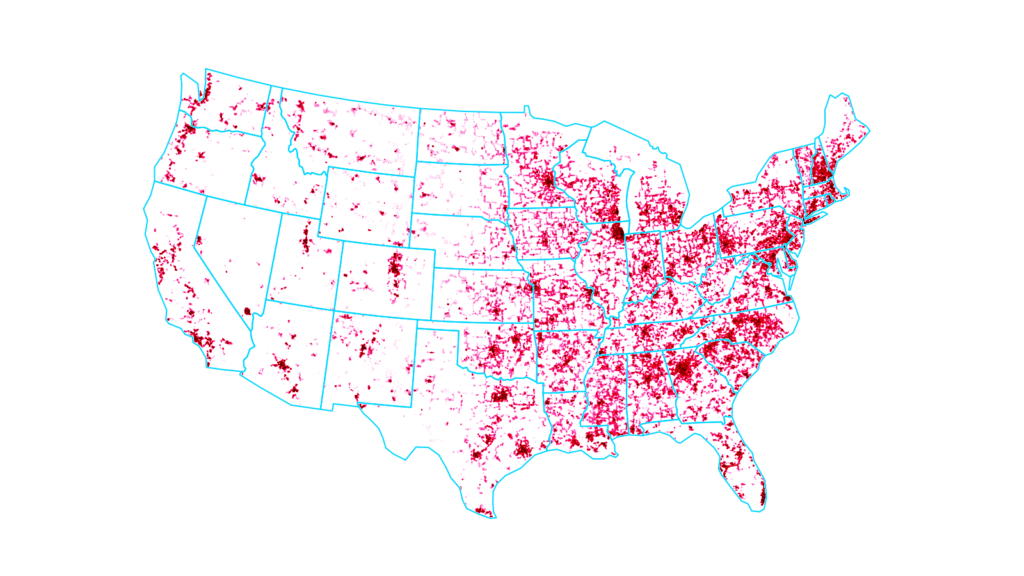
 – a married woman
– a married woman In different locales in the Type list, except for special codes.
In different locales in the Type list, except for special codes.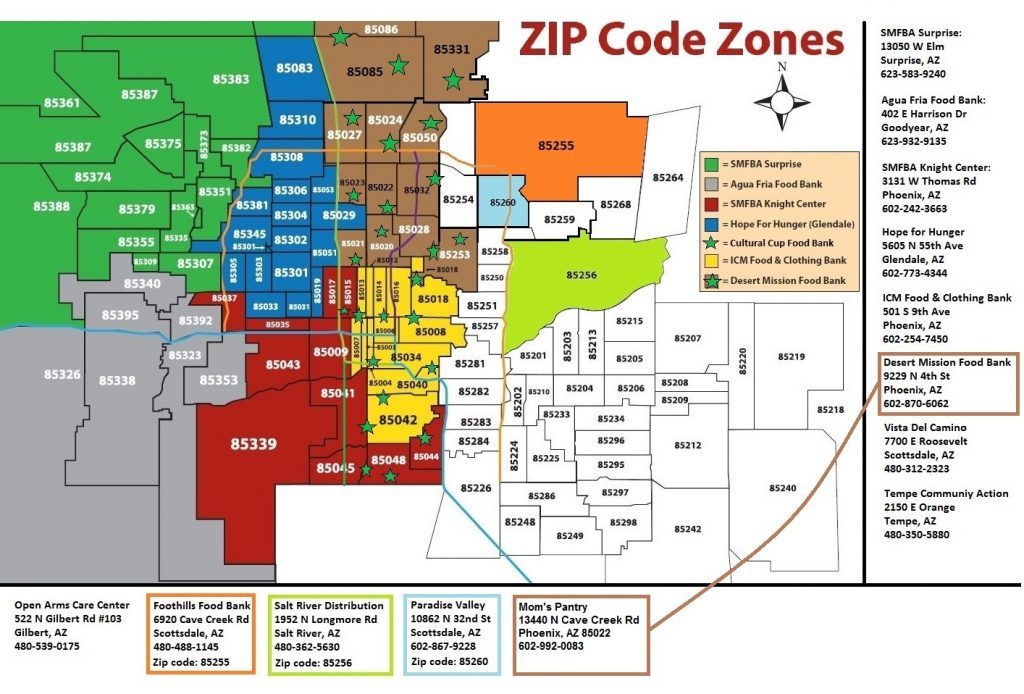
 The original number format in the Type list cannot be changed or deleted, so don’t worry about overwriting the original number.
The original number format in the Type list cannot be changed or deleted, so don’t worry about overwriting the original number.